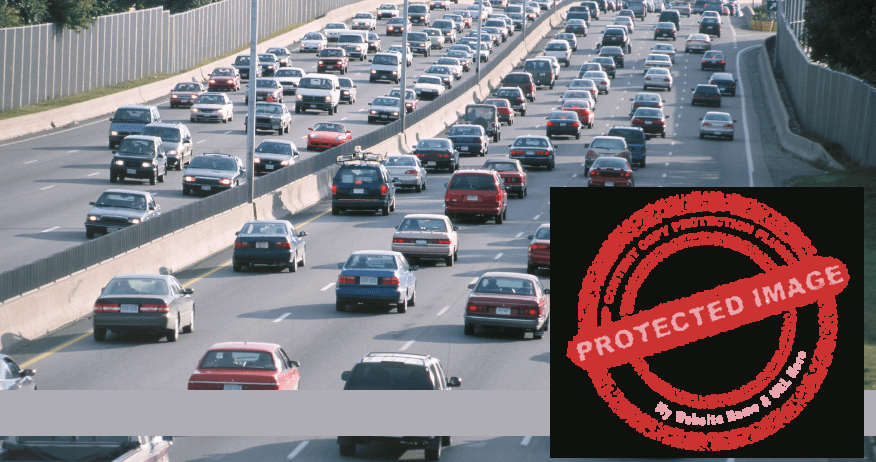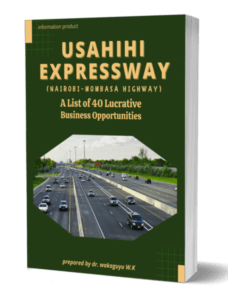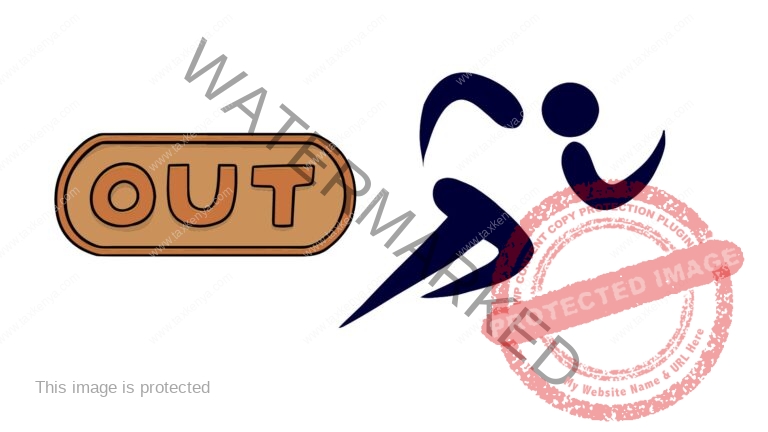Table of Contents
This ambitious project aims to construct a new, modern dual carriage expressway that will transform Kenya’s transport infrastructure. The project builds on previous significant developments, such as the Standard Gauge Railway (SGR) from Mombasa to Nairobi and the recently launched Nairobi Expressway.
Who is Everstrong Capital?
Everstrong Capital is not a new company in Kenya. Through Everstrong Kenya Infrastructure Fund (EKIF), the company is associated with Miele Energy and the Lake Turkana Wind Power Project (25 per cent stake) and has investments in developing electric vehicle verticals (e-mobility) in Kenya and across sub-Saharan Africa. The company’s new baby is Usahihi Expressway.
The company’s investment portfolio indicates a diverse range of investments: transportation (roads, airports, marine terminals, etc.), communication (cellular communication and fiber optics), social infrastructure (healthcare and housing), and power and energy (power generation and transmission, renewables, mid‑stream oil and gas, etc.) in diverse communities, regions, and entire countries.
Usahihi Expressway
The expressway has been on the drawing board for some time and was actively flouted during President Kibaki’s era. However, the source of funding and implementation model have been a problem. Finally, the teething issues have been addressed.
It is important to note that this project is a toll road utilising the Public Private Partnership model. A toll road means that though the road construction is expected to last between 3-4 years, the Usahihi Expressway project operation is a 30-year concession that will organise:
a. Finance.
b. Construction.
c. Tolling
d. Operation
e. Maintenance of the expressway.
Usahihi Expressway Project Funding
Initially, the project funding is from a consortium of various funders, namely:
- Everstrong Capital LLC.
- Kenya government.
- Local private investors.
- Others
The Usahihi Expressway Agreement
The Usahihi Expressway agreement is a significant step in Kenya’s infrastructure development, addressing the long-standing need for a larger, more efficient highway connecting Nairobi and Mombasa. The current road is often congested, affecting the flow of goods and people between these two vital economic hubs. The new highway is expected to significantly ease this congestion, boost trade, and improve travel times.
Critical Aspects of the Usahihi Expressway Project
According to Everstrong Capital, the project will attract investments totaling $3.6 billion. This funding will be sourced from a diverse group of international investors, development agencies, pension funds, and many Kenyan private investors. This broad support base highlights the project’s potential impact on the regional economy and its appeal to various stakeholders.
The new highway will complement other infrastructure projects in Kenya, including the SGR and the Nairobi expressway. The SGR, built by Chinese contractors, has already improved rail transport between Nairobi and Mombasa. SGR has resulted in overall lower freight and passenger costs and also reduced travel time between the two cities. Meanwhile, the Nairobi expressway has enhanced urban mobility, offering a faster alternative route through the capital.
Economic and Social Benefits of Usahihi Expressway
The construction of the new highway is expected to bring many economic and social benefits. It will create jobs during construction and afterwards as businesses and services expand along the alternative route. Improved transport infrastructure will also make it easier for farmers and manufacturers to get their products to market, enhancing productivity and competitiveness.
The highway will attract further investment in the region, as better infrastructure makes Kenya a more attractive destination for businesses. The attractiveness could lead to the development of new industrial zones, commercial centers, and residential areas, fostering economic growth and urban development.
Challenges and Considerations of Usahihi Expressway
While the project promises significant benefits, it also faces challenges. Land acquisition and compensation for affected communities will need careful management to avoid delays and ensure fair treatment. Environmental concerns must also be addressed, as large infrastructure projects can affect natural habitats and biodiversity.
Maintaining transparency and accountability throughout the project will be crucial. Robust governance and oversight mechanisms will be required to ensure that funds are used effectively and that the project is completed on time and within budget.
The Future of Kenya's Infrastructure After Usahihi Expressway
The partnership between Kenya’s highways authority and Everstrong Capital represents a significant milestone in Kenya’s infrastructure development journey. By enhancing connectivity between Nairobi and Mombasa, the new highway will support economic growth, improve trade, and provide better access to services for millions of people.
As Kenya continues to develop its infrastructure, projects like this will be essential in positioning the country as a regional economic powerhouse. Integrating modern transport networks will benefit Kenya and strengthen its role in the East African Community and the broader African continent.
Conclusion
In conclusion, the $3.6 billion highway project between Nairobi and Mombasa is a testament to Kenya’s commitment to improving its infrastructure and fostering economic growth. With the support of international and local investors, the project is poised to transform the country’s transport landscape and drive development for years to come.
Questions about the Usahihi Expressway Project:
1. How will the construction of the new Nairobi-Mombasa highway impact the current traffic and congestion issues on the existing route? This question focuses on understanding the new highway’s practical benefits in easing traffic flow and improving travel efficiency.
2. What are the expected economic benefits for local businesses and communities along the new highway route? As a reader, you should consider how the project will influence economic growth, job creation, and regional business opportunities.
3. What measures are being taken to ensure transparency and accountability in managing the $3.6 billion investment? It’s essential to know how the funds will be used to ensure the project is completed as planned.
4. How will the project address environmental concerns and ensure sustainable development practices during construction and operation? Understanding the environmental impact and the steps to mitigate any adverse effects of the project is crucial for sustainable development.
5. What are the potential challenges or obstacles that could delay or hinder the completion of the new highway, and how are they being addressed? Identifying potential risks and the strategies in place to overcome them will help assess the project’s feasibility and reliability.
Thank you for reading the post.
dr. wakaguyu
Note:
After reading the post, did you identify any business opportunities from the direct and indirect effects of this project?







